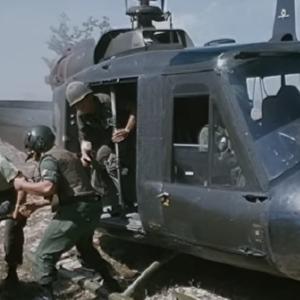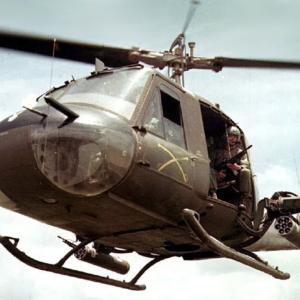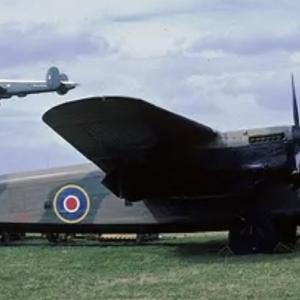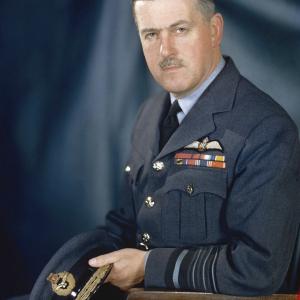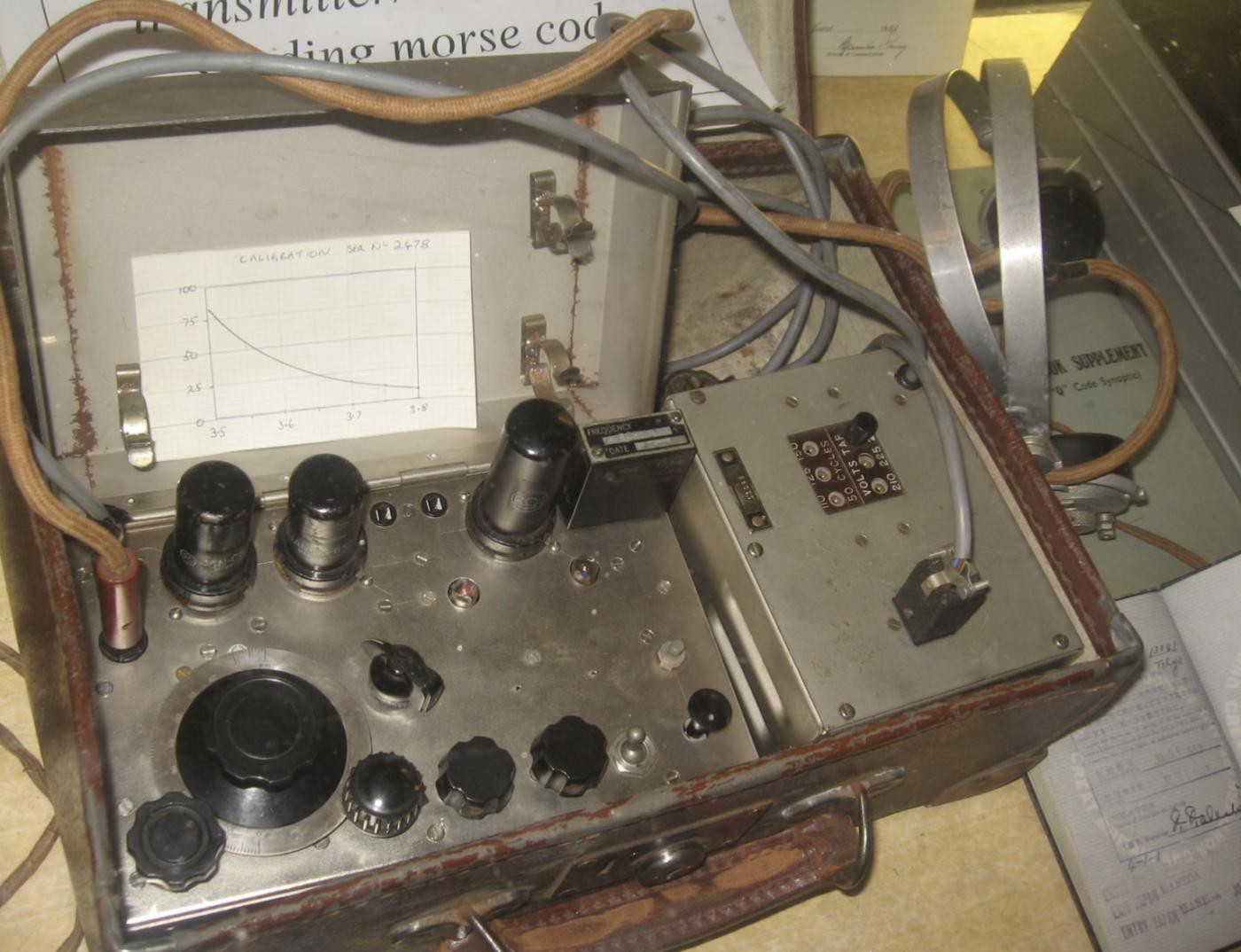
Resistance radios “Paraset”
During World War II, the French Resistance played a vital role in opposing Nazi occupation. One of the most important tools in their effort was the Paraset radio, a small, portable transceiver that allowed operatives to communicate with Allied intelligence in Britain. These sets became essential for coordinating sabotage operations, sharing intelligence, and receiving instructions and supply drop information.
The Paraset, short for "Parachute Set," was developed by the British Special Operations Executive (SOE) in the early 1940s. It was designed specifically for agents operating behind enemy lines. Compact and lightweight, it could be easily concealed in a suitcase or a wooden box and was rugged enough for field use. It transmitted only Morse code and operated on shortwave frequencies, typically covering parts of the 40- and 80-meter amateur radio bands. Despite its simple construction, it was highly effective, with a transmitting power of about four to five watts.
Its design combined both a transmitter and a regenerative receiver. The transmitter was crystal-controlled, which meant that it was relatively stable and could maintain a fixed frequency, an important feature for field communications. The regenerative receiver, while more primitive, was sensitive enough to pick up weak signals from London, especially at night when propagation conditions were better.
In occupied France, Paraset radios were used by both British agents and members of the local resistance. Messages sent often included intelligence about German troop movements, sabotage plans, or requests for weapon drops. These messages were usually sent in code and were received by Allied operators in Britain. Radio operators had to work fast, often transmitting for no more than 15 or 20 minutes to avoid being tracked by German direction-finding teams, which could triangulate a signal’s source and lead to arrest or execution.
The challenges of using a Paraset in wartime France were many. Power supplies were difficult to maintain, with some operators resorting to bicycle-powered generators. Operating the radio required training, especially in Morse code, which meant that only specially trained individuals could be trusted with them. Many worked alone or with a single courier to minimize the risk of exposure. The job of a radio operator was one of the most dangerous in the resistance.
Despite these dangers, the Paraset proved invaluable. Its small size, reliability, and the vital information it helped transmit made it a key asset in the success of Allied operations in occupied Europe. After the war, many surviving Parasets became collectors’ items and were studied by amateur radio operators who admired their simplicity and effectiveness.
Today, the Paraset is remembered not only as a piece of wartime technology but as a symbol of courage, ingenuity, and the critical role of clandestine communication in the fight for freedom.

